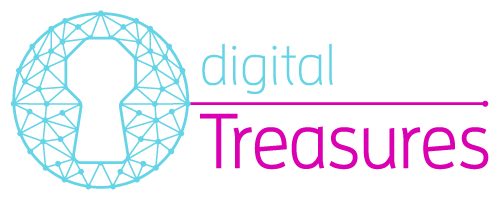- 24-7-1927, Lisbon (Portugal)
- 1 photo negative on glass, b/w;
- 9,0×12,0 cm
- Portuguese National Archive of Torre do Tombo
- Ref Code: PT/TT/EPJS/SF/001-001/0006/0965B
Egas Moniz (1874-1955) was a Portuguese medical doctor with major contributions in neurology, and in the development of new techniques to study the brain and in the treatment of mental illnesses. In 1949 he was awarded the Nobel Prize in Physiology or Medicine, together with the physiologist Walter Hess. Although the prize was attributed to him on account of leucotomy, the technique was later abandoned on ethical grounds.
Egas Moniz completed his medical studies at the University of Coimbra in 1899, and remained a lecturer there until 1911, when he was appointed neurology professor at the University of Lisbon. His medical career was interrupted due to his involvement in various political and diplomatic activities. In 1926 he abandoned his political posts and returned full time to medicine. He was the first person to successfully visualise the brain using radiopaque substances, as previous scientists had only visualised peripheral structures. He presented his results to great acclaim in 1927, both in Portugal and France.
This photograph dates from that period. Egas Moniz is giving a lecture at the Faculty of Medicine in Lisbon, to an attentive audience of fellow doctors. Egas Moniz was three times nominated for the Nobel Prize on account of his results in angiography, but it would be his more controversial leucotomy, a surgical procedure he developed in the 1930s to treat extreme mental illnesses, that persuaded the Nobel Committee to attribute the prize to him.
